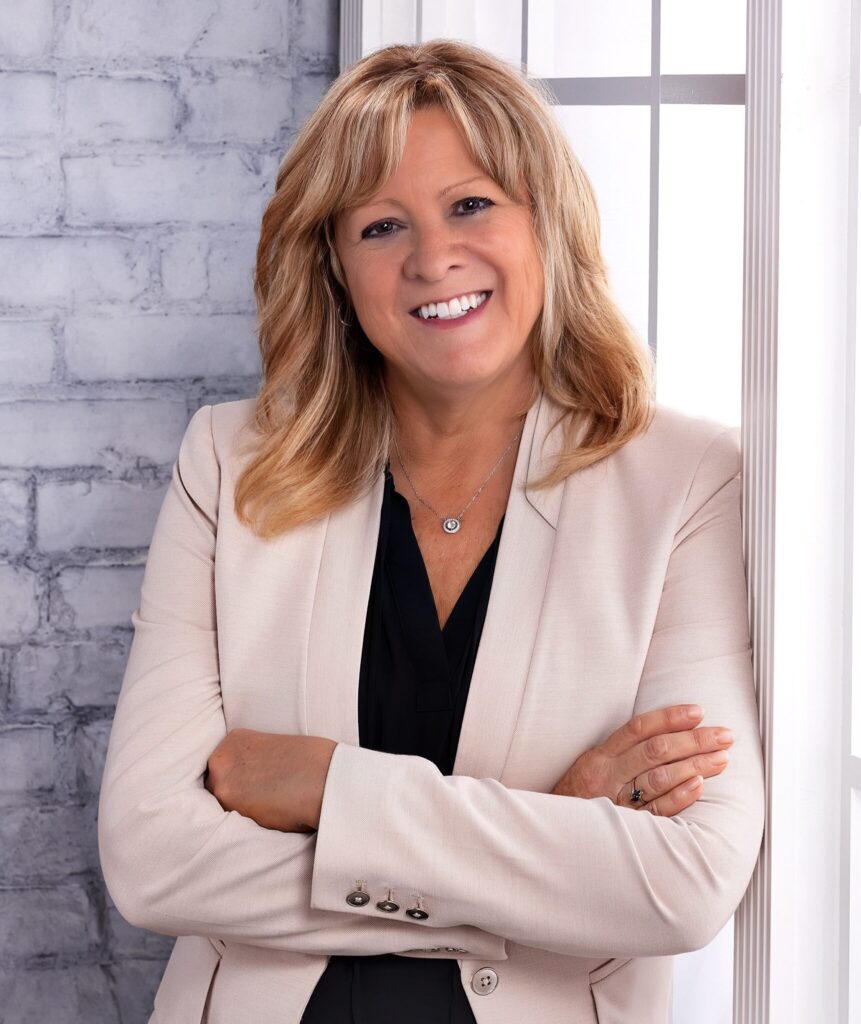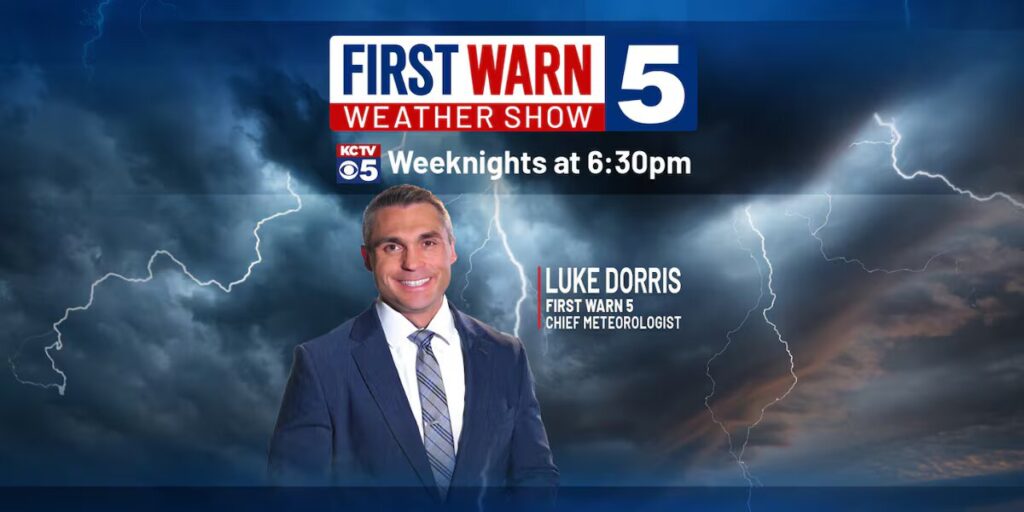
 When it comes to video, no fewer than four different options for IP transport (plus a variety of protocols and standards) will be proffered as alternatives to SDI baseband transport at the NAB Show in Las Vegas next month. From them, a few major themes are likely to emerge. For more information about IP newsgathering solutions at the NAB Show, click here. For a resources guide to the companies mentioned in this story, click here. Read all the 2016 NAB Hot Topics stories here.
When it comes to video, no fewer than four different options for IP transport (plus a variety of protocols and standards) will be proffered as alternatives to SDI baseband transport at the NAB Show in Las Vegas next month. From them, a few major themes are likely to emerge. For more information about IP newsgathering solutions at the NAB Show, click here. For a resources guide to the companies mentioned in this story, click here. Read all the 2016 NAB Hot Topics stories here.
Competing Visions Of IP To Unfold At NAB
Broadcasters walking onto the 2016 NAB Show floor will find multiple competing IP camps, various IP protocols and standards for television, and a clamor from proponents of each that’s certain to elevate the din of the exhibition halls a few decibels.
From this IP mélange, a few major themes are likely to emerge: the yin and yang of interoperability and splinter-operability; claims and counterclaims about adherence or lack thereof to recognized industry standards; and how to move forward in a way that allows broadcasters to share content regardless of IP protocols or formats being used.
Competing Camps
When it comes to video, no fewer than four different visions for IP transport as an alternative to SDI baseband transport will be on display in Las Vegas.
The competing camps include: the Alliance for IP Media Solutions (AIMS), founded by Imagine Communications, Grass Valley, Snell Advanced Media (SAM), Nevion and Lawo; the ASPEN (Adaptive Sample Picture ENcapsulation) Community, anchored by Evertz; Network Device Interface supporters led by NDI creator NewTek; and Sony’s Networked Media Interface, NMI.
“AIMS was really formed to show a clear roadmap to the industry based on standards that have been approved by the Video Services Forum, VSF,” says Mark Hilton, VP of infrastructure products at Grass Valley.
Initially, the focus of AIMS is on SMPTE 2022-6, an IP-encapsulate, packetized equivalent of SDI with embedded audio, video and metadata.
However, the alliance’s roadmap calls for a transition from SMPTE 2022-6 to a set of other standards and protocols that encapsulate audio, video and metadata as IP separate streams, he says.
These include the AES67 standard for audio, IEEE’s RFC 4175 for the video essence and a separate RTP protocol for metadata, he says.
“That gets us to TR-03 — technical recommendation three — of the Video Services Forum,” says Hilton, adding that the VSF protocol should happen by year’s end.
The ASPEN Community, based on a technology implementation developed by Evertz, takes a different approach.
“The big misnomer is that ASPEN is all proprietary. It’s not,” says Mo Goyal, Evertz director of product marketing.
ASPEN leverages the benefits of IP in a live video production environment, which translates into using transporting and switching separate video, audio and metadata data flows, he says.
Another distinguishing factor is its use of the MPEG-2 Transport Stream, “something that is well known and well defined in the industry as a standard,” says Goyal.
The MPEG-2 Transport Stream provides for carrying audio, metadata and compressed video. To handle uncompressed, including 8K, 4K and 3G-SDI, Evertz has submitted a TS payload-type definition called RDD 37 (Registered Disclosure Document 37) to SMPTE, Goyal says.
This is where AIMS and ASPEN come to loggerheads.
“Evertz is off to the left, focusing on a proprietary way to adapt to IP, which we are vehemently in disagreement with,” says Charlie Vogt, CEO of Imagine Communications.
Goyal counters, saying the MPEG-2 Transport Stream is standardized and well understood industrywide.
Grass Valley’s Hilton replies that unlike the Evertz approach, the AIMS endorsed standards rely on RTP, “a ubiquitous IP protocol that is fully switchable in an IT infrastructure.”
This point-counterpoint is likely to play an important part in the overall conversation about IP transport and switching for television at the show.
Another AIMS-ASPEN tit for tat centers on the breadth of industry support, specifically which is greater.
“There are 15 suppliers that represent 75% of CAPEX [in the TV industry],” says Vogt. “Of those, all but one will be part of AIMS.”
Goyal counters, saying the ASPEN Community includes more than 35 vendors, OEMs and broadcasters and more will be announced at the NAB Show. On top of that, there are already 40 broadcasters around the world that have deployed ASPEN-based systems, he says.
ASPEN and AIMS will be joined on the IP stage at the NAB Show by Sony’s NMI and NewTek’s NDI protocols.
“We approach IP in broadcast from the perspective of how do we give the end user the reliability and guaranteed performance of an SDI-based system while also leveraging common off-the-shelf IT equipment, like network switches,” says Deon LeCointe, Sony product and marketing manager, live production solutions. “This is where we developed the Networked Media Interface as part of our IP live production systems.”
NMI, Sony’s IP protocol for live TV production, has been submitted to SMPTE, the EBU, the VSF and the Joint Task Force on Network Media for standardization, he says.
While Sony developed the protocol, LeCointe says it’s “not Sony only.” Currently, 45 technology partners support Networked Media Interface technology, and LeCointe expects more vendors to get on board by the NAB Show.
NewTek approaches IP transport and switching from a slightly different perspective with its Network Device Interface (NDI).
“There is a need for a product like NDI that works on existing [IT] infrastructure,” says Andrew Cross, NewTek president and CTO. “At the high-end, people are going to look at IP as a way to add to and change existing workflows.”
However, in the middle to lower tiers of the broadcast market there will be “more radical change” when it comes to IP, because of a need to bring ever more content to more people for less money, he explains.
“This is where IP can really change things,” Cross says, “because it makes it easier and less expensive to set up more studios and interface everything together so you don’t need 10 people to do a show.”
NewTek’s NDI works using existing IP networks so there isn’t a need to run new, higher bandwidth cable everywhere, he says.
Each competing IP camp at the NAB Show plans to demonstrate how its unique protocol supports interoperability among the equipment of fellow campers.
For instance, Imagine Communications will be “interoping with Grass Valley and Cisco and others … across the whole spectrum of automation, playout and networking,” Vogt says.
Similarly, Evertz and the ASPEN Community will demonstrate ASPEN technologies from several vendors, “interoping in a demo production environment,” according to Goyal.
Sony plans an IP Live Partner Pavilion for the NAB Show as part of its exhibit. The pavilion will feature an end-to-end NMI-based IP live 4K production workflow using products from Sony and other vendors in the NMI camp, LeCointe says.
NewTek is also planning to feature interoperability within the NDI camp among a broad base of third-party vendors that have been developing NDI products since last fall, Cross says.
Where things will get a bit more troublesome for these competing IP camps is interoperability between products from competing camps. Here the unified field theory of IP in television begins to splinter a bit.
Sony will address the problem head on with field programmable gate arrays.
“In addition to our NMI chipset within our hardware, we are going to be implementing FPGAs. These give the market confidence that with a simple software update, whichever IP format shows itself to be the true industry standard, the Sony hardware will be able to support it,” he says.
An example of this sort of IP protocol flexibility was Sony’s announcement at IBC 2015 in Amsterdam that — in addition to its own NMI — it would support ASPEN.
Another approach is to deploy external gateway products at critical points in a network where content is received from or shared with a network using a different IP protocol.
“Like anything — when we moved from analog to digital, digital to HD — you always had places where you had to deal with conversion,” says James Stellpflug, VP of product marketing at EVS.
While gateways will enable IP protocol conversions, broadcasters should design facilities that minimize their use.
“You don’t want to build a facility that is based upon conversions and gateways at every single ingress and egress point,” he says.
However, gateways will play an important role, not only by making it possible for two separate facilities based on different IP protocols to share content but also by enabling legacy equipment to be added to a network.
At the NAB Show, EVS will offer an option to “extend your investment in an IP plant by an add-on gateway to existing [EVS] servers,” he says. Ultimately, those gateways will become “onboard options” to the company’s products.
Fade To Black
While the broadcast industry will have the chance at the NAB Show to sort out some of these IP issues, broadcasters should remember they no longer exist in a cocoon that gives them the luxury of time to chart a course forward, says Cinegy CTO-Managing Director Jan Weigner.
“Netflix and Google don’t give a darn about broadcast. They just need to be able to deliver,” he says.
These types of over-the-top service providers ultimately will grow impatient if the industry and its standards bodies take too long to act.
“They are going to participate and try to benefit from it [SMPTE discussions], but at the end of the day, time to market is more important.”
For more information about IP newsgathering solutions at the NAB Show, click here. For a resource page of the companies mentioned in this story, click here. To download the resource page as a PDF, click here. See all 2016 NAB Hot Topics stories here.
Read all of TVNewsCheck‘s NAB 2016 coverage here.
To stay up to date on all things tech, follow Phil Kurz on TVNewsCheck’s Playout tech blog here. And follow him on Twitter: @TVplayout.
























Comments (2)
Kingsley Smith says:
March 19, 2016 at 5:50 am
This is one of the very best pieces of journalism on this confusing topic. Keep up the great work!!
Taylor Smith says:
March 30, 2016 at 12:59 am
When it involves video, no fewer than four totally different choices for information science transport (plus a spread of protocols and standards) are going to be proffered as alternatives to SDI base band transport at the NAB Show in urban center next month. From them, a couple of major themes are seemingly to emerge. For additional data concerning information science news gathering solutions at the NAB Show, click here. For a resources guide to the businesses mentioned during this story